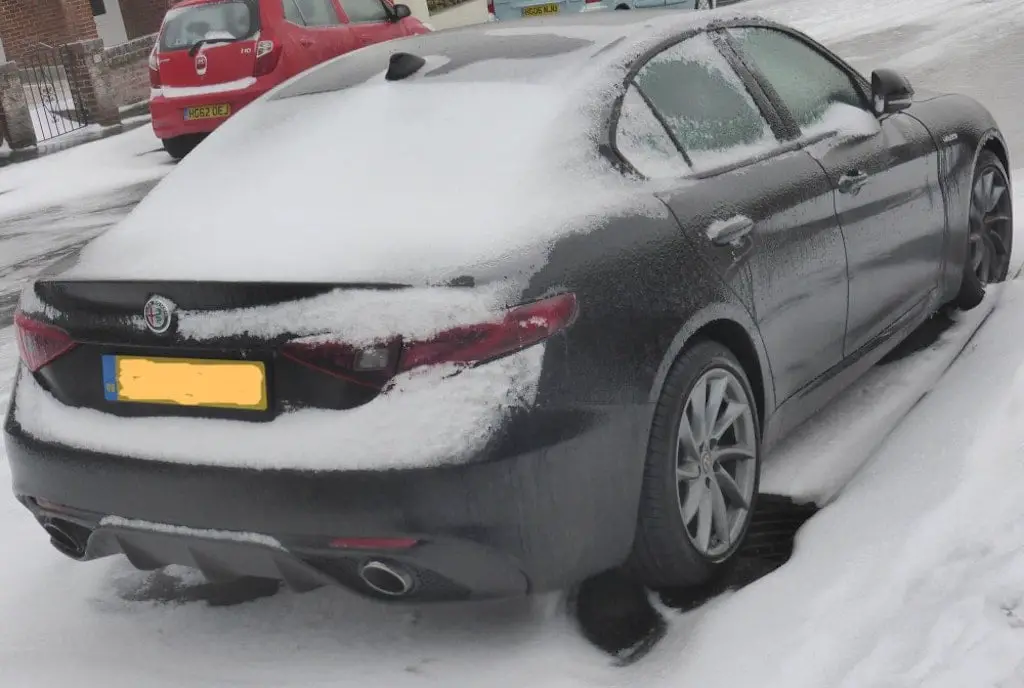Common knowledge is that driving a car with RWD in snow (rear wheel drive) is absolutely suicidal and unsafe, and that four wheel drive is far superior and that front wheel drive is a better option. However, common knowledge is for average people, not people who know what they are doing (which anyone can change!), and will just follow the advice from newscasters saying “stay home, it’s dangerous.”
I don’t buy it. Life has to go on, and with a little bit of knowledge, driving in snow can be quite fun with any drive layout. And despite the common belief that RWD (specifically a front-engined, rear wheel drive car) is worse in snow than front wheel drive, rear wheel drive has its pros and cons like all other drive layouts, and with the right knowledge and skills, a good driver can make a rear wheel drive car perform just as well in snow as any other car.
And that knowledge was given to me by my grandfather, a man who helped shape who I am today (read more about my story here), and his advice on the matter what I will be sharing today.
Table of Contents
Use opposite lock to correct the slide and regain control
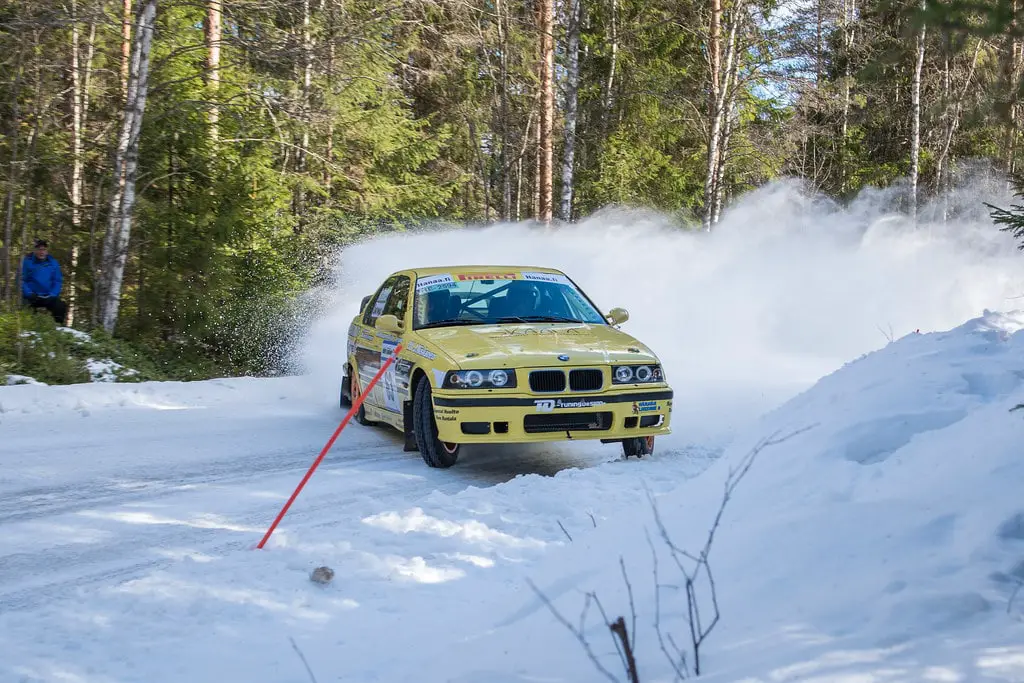
The first tip my grandfather shared with me as to how to deal with loss of traction in the snow was what he called “steering into the slide” While many people, when experiencing this, think of the brakes as an “Oh Shit” pedal that can slow the car down and solve the problem, that thinking will cause more problems than solve, what my grandfather called “steering into the slide” was actually something more commonly known among racing drivers: opposite lock. Utilizing opposite lock, which involves a car in motion turning the steering wheel in the opposite direction of the slide and managing the throttle, will allow you to turn the slide into a controlled slide. Then, you can transition the controlled slide back to the intended direction of travel.
Drive a RWD car with a manual transmission
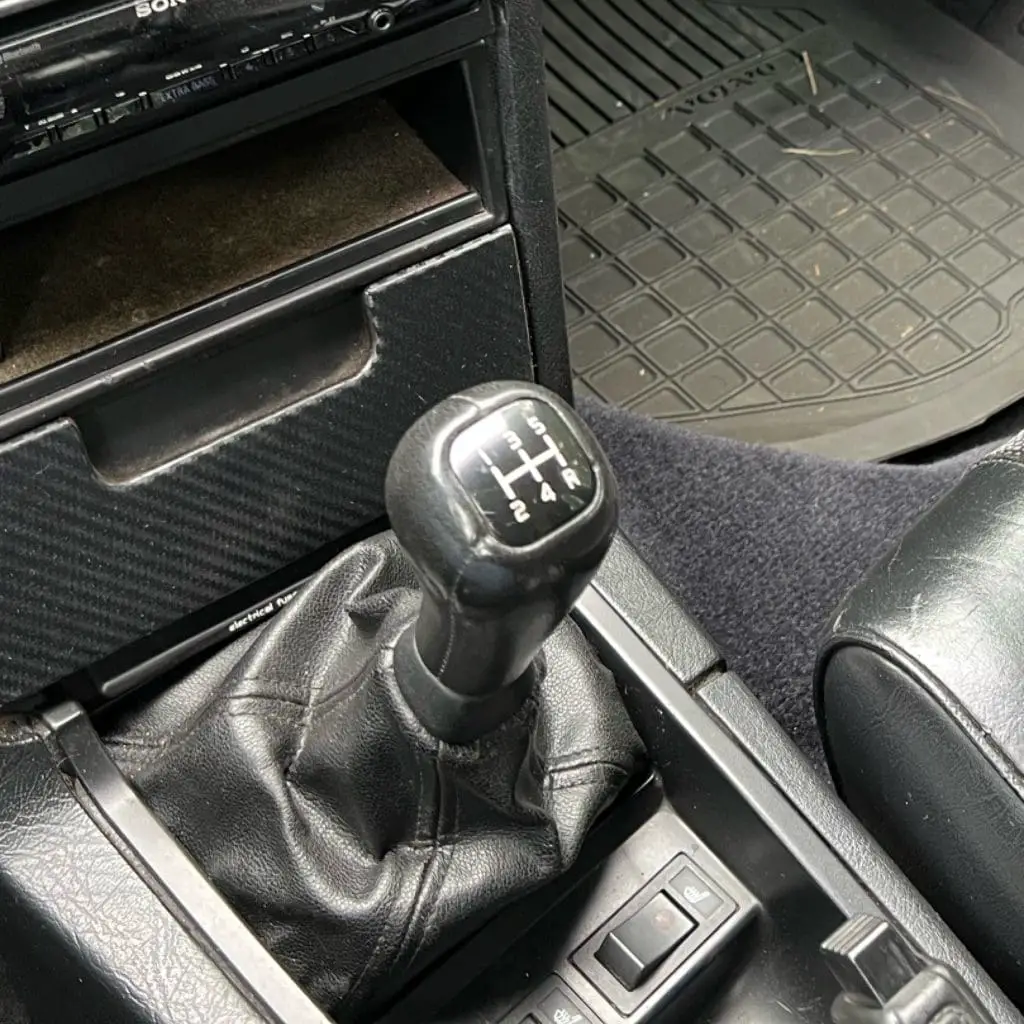
This leads us into the second tip, and it is something that has become more difficult to find in recent years: the manual transmission. In the case of a RWD car, the manual transmission’s additional control over the car offers two main advantages: Control over the delivery of power to the drive wheels and engine braking.
The first advantage (and this is applicable to all drivetrains) is that by starting off in a taller gear than normal, you can make sure the engine is delivering less torque to the drive wheels, which gives you the driver more leeway with throttle control and allows you to start moving the car while still not exceeding the limited friction of the compromised road surface.
The second advantage is with engine braking that cuts power to the rear wheels, which is unique to the RWD car. If your first instinct when you start to slip on icy roads is to put your foot on the brake in a rear wheel drive car, that only makes it worse. This is because when you slip around, the back wheels are kicking out to the side, and by applying the brakes while moving, you are transferring the center of gravity of the car forward due to the inertia of motion, resulting in less weight on your back wheels, and more problems. Not good.
In this scenario, the ideal pathway to correcting the slide involves the aforementioned opposite lock as well as shifting down to a lower gear ratio and utilizing engine braking. This acts as drag on rear drive wheels and causes the car to slow down, effectively acting as rear-wheel braking, which, given the inertia of the front wheels still going straight, causes the car to straighten out.
Cars with lower power are easier to control
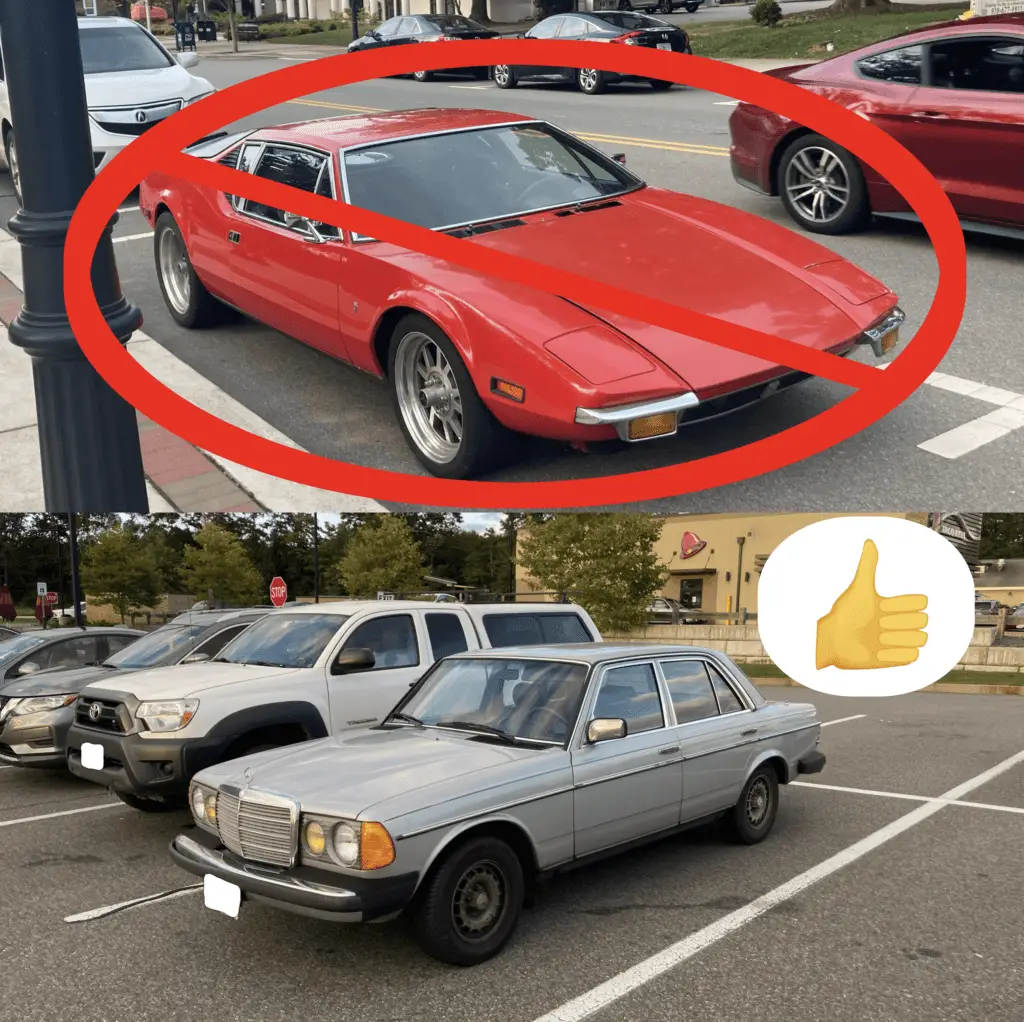
This is much more difficult with newer cars compared to offerings 50 years ago, due to the ever-present desire of manufacturers to one-up each other on power to give their sales and marketing teams something to work with, but the first point that was always emphasized to me was to make sure the RWD car is low on power. This is because on icy surfaces, the coefficient of friction for the road surface is lower, meaning it takes less force to break traction. It also means that for you, the driver, when modulating the position of the throttle, a lower powered car will be more forgiving than a higher powered one.
However, what also needs to be taken into consideration is modern electronics. In the case of traction control computers, they are specifically designed to limit engine output when encountering situations when there is loss of traction detected at the drive wheels. Modern traction control computers are helpful and make driving a car with RWD insnow much easier than 50 years ago, but they aren’t fool proof. As they only will work when applying the throttle, if you find yourself in a sticky situation and you aren’t putting any power down, the computer will be of little help in getting yourself out of a situation where you are sliding around with no traction.
Drive a car equipped with narrow, studded snow tires
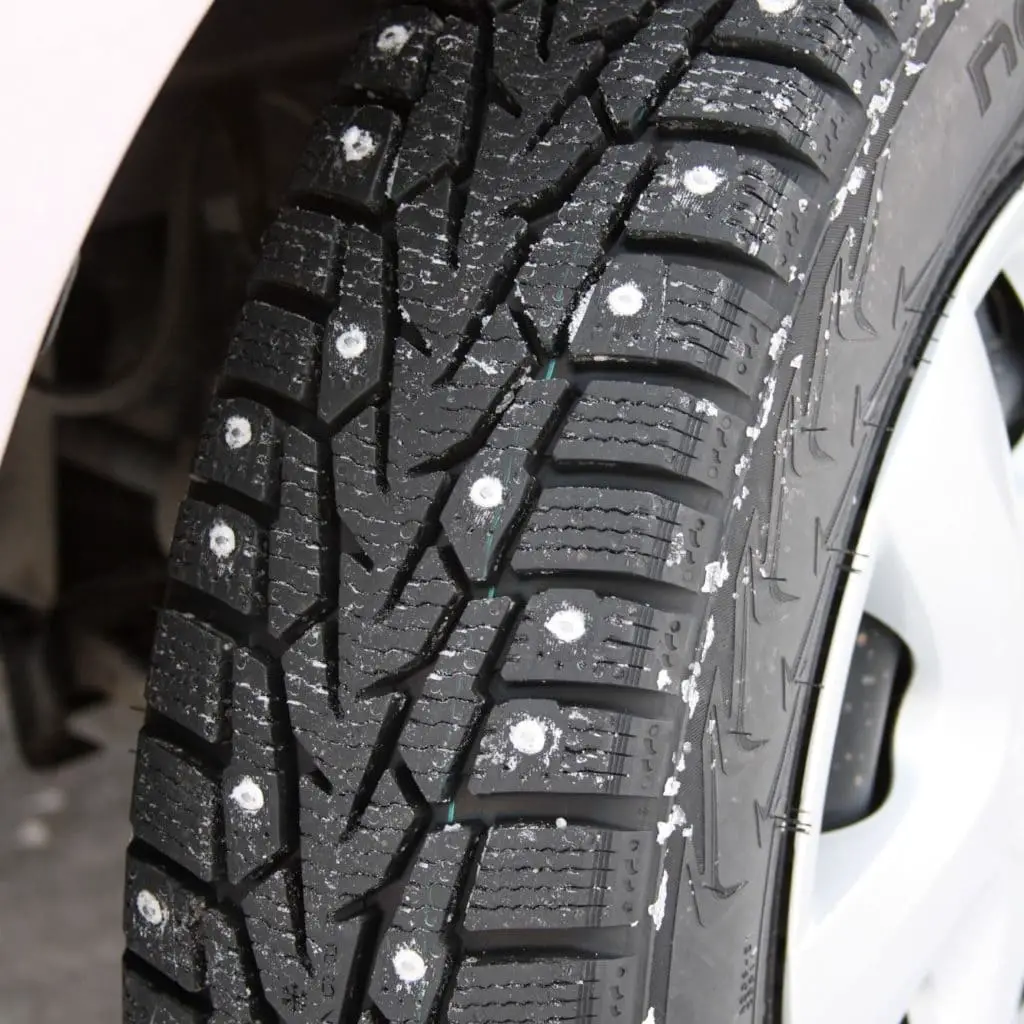
This is technically two items, but because they concern the same component, it makes sense to consider these two recommendations as one, and that subject is about tires. As the part of your car that connects it to the road surface, anything to do with tires will vastly affect how your car drives in any conditions, and winter weather is no exception. The first thing you will need if you plan to drive on any surface that can turn icy is snow tires. Specifically, studded snow tires on all four wheels.
Why all four wheels? My grandfather learned this lesson the first time he bought snow tires, and only bought two for the back wheels. Beaming with pride that he didn’t need to use chains anymore, he proceeded to make a fool of himself by doing a risky maneuver to showcase the effectiveness of the tires, only to slip and slide down a quarter mile hill and hit a Post Office Mailbox.
And why studded? The metal studs will increase the coefficient of friction by digging through the ice much like a set of spiked cleats makes it easier to run on a wet football pitch/soccer field. The second thing you will need to know about tires is the narrower, the better.
Why? Because narrow tires will function in the same way a pizza cutter does, effectively concentrating the weight of the car over a smaller contact patch, which means more grip in snowy conditions. This is something that is especially necessary when driving a car with RWD in snow, as there is less weight over the drive wheels compared to a front wheel drive car.
Drive a car with good weight distribution
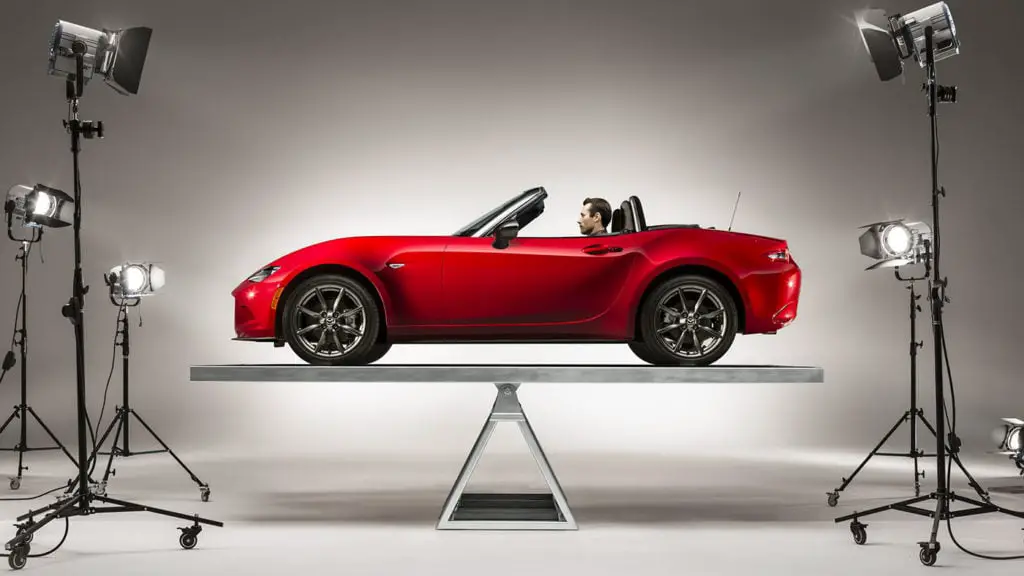
The final thing to consider when driving in snow my grandfather shared with me was the importance of having a balanced overall weight distribution. For this reason, he sought only vehicles that had the FR drivetrain layout. In his view, front-wheel drive vehicles were unbalanced in weight and the presence of torque steer was far from desirable. Mid-engined vehicles which were prone to snap-oversteer were also a solid NO as the point was to maintain stability in adverse weather condition. RWD trucks were also undesirable, as the bed is proportionally quite light relative to the rest of the vehicle, leading to a poor weight distribution. Instead, his recommendation of what is necessary to drive a car with RWD in snow was to get something as close to 50-50 weight distribution as possible, and if additional traction was truly necessary, sand bags in the back before you leave and emergency chains to the rescue.
Conclusion
While my grandfather was very much averse to the idea of racing, in practice, his conclusions were similar to those a racing driver would draw through years of experience (sort of like Initial D’s Takumi Fujiwara in the beginning of the plot line).
Like in Initial D, a point he emphasized for snow is that four-wheel drive was largely unnecessary, as despite the traction advantages, in his view, the need to replace all four tires when one tire was bad was wasteful and unreasonable, and the overall greater strain on the mechanical components due to the additional weight at the front was not worth it. This corresponds interestingly with a plot line involving Initial D’s main character, Takumi Fujiwara. In this, he thought he could never beat a four-wheel drive vehicle, until he realized that the weakness of four-wheel drive was greater wear on the brakes and tires meant in an endurance setting, he held the traction advantage over the long run as he could better manage his brake and tire wear.
Overall, what I learned from my grandfather about driving RWD in snow, combined with the lessons I learned through my own personal experience with different drive layouts, have made snow driving go from nerve racking, to a nice diversion from the normal. What do you think of driving in the snow and of these tips? Let me know in the comments below.
